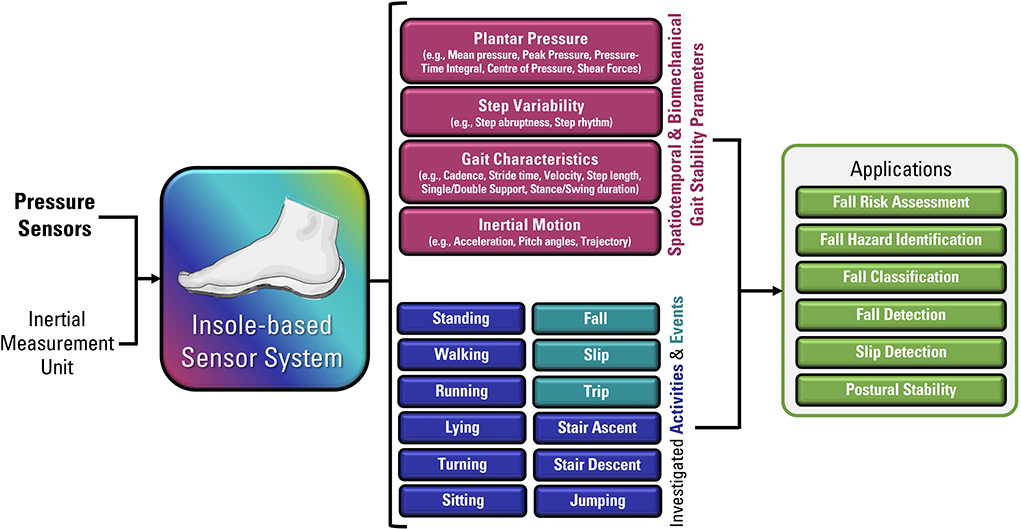Little Known Questions About Dementia Fall Risk.
Table of ContentsFacts About Dementia Fall Risk UncoveredThe smart Trick of Dementia Fall Risk That Nobody is DiscussingThe Best Strategy To Use For Dementia Fall RiskThe Facts About Dementia Fall Risk Revealed
A loss risk assessment checks to see exactly how most likely it is that you will certainly drop. It is mostly done for older grownups. The analysis usually includes: This consists of a series of concerns concerning your overall health and wellness and if you've had previous falls or troubles with balance, standing, and/or walking. These devices examine your stamina, balance, and gait (the means you walk).STEADI includes testing, analyzing, and intervention. Treatments are suggestions that may lower your threat of dropping. STEADI consists of 3 steps: you for your danger of dropping for your danger variables that can be boosted to attempt to protect against falls (as an example, balance problems, damaged vision) to minimize your threat of falling by making use of efficient techniques (for instance, giving education and learning and resources), you may be asked several questions including: Have you dropped in the previous year? Do you feel unstable when standing or strolling? Are you stressed over dropping?, your company will examine your toughness, equilibrium, and gait, using the adhering to autumn assessment devices: This examination checks your gait.
You'll rest down once more. Your supplier will inspect how much time it takes you to do this. If it takes you 12 seconds or more, it might suggest you go to higher danger for a fall. This test checks stamina and balance. You'll sit in a chair with your arms went across over your upper body.
Move one foot midway ahead, so the instep is touching the huge toe of your various other foot. Relocate one foot totally in front of the various other, so the toes are touching the heel of your other foot.
The Single Strategy To Use For Dementia Fall Risk
Many drops happen as a result of multiple contributing variables; therefore, handling the risk of dropping starts with determining the elements that add to drop danger - Dementia Fall Risk. A few of one of the most pertinent risk aspects consist of: History of previous fallsChronic medical conditionsAcute illnessImpaired gait and balance, lower extremity weaknessCognitive impairmentChanges in visionCertain risky drugs and polypharmacyEnvironmental variables can additionally raise the danger for falls, including: Insufficient lightingUneven or harmed flooringWet or unsafe floorsMissing or damaged handrails and get hold of barsDamaged or incorrectly equipped equipment, such as beds, mobility devices, or walkersImproper use assistive devicesInadequate guidance of individuals staying in the NF, including those that display aggressive behaviorsA successful loss danger administration program calls for a complete clinical assessment, with input from all participants of the interdisciplinary team

The care strategy ought to likewise include interventions that are system-based, such as those that promote a safe atmosphere (suitable illumination, handrails, get hold of bars, etc). The performance of the treatments must be examined occasionally, and the treatment plan modified as essential to mirror adjustments in the autumn risk assessment. Executing a fall risk management system utilizing evidence-based finest method can lower the occurrence of falls in the NF, while restricting the capacity for fall-related injuries.
The Basic Principles Of Dementia Fall Risk
The AGS/BGS standard suggests screening all adults aged 65 years and older for autumn threat every year. This screening is composed of asking people whether they have fallen 2 or even more times in the previous year or sought clinical attention for a fall, or, if they you could check here have actually not fallen, whether Go Here they really feel unsteady when walking.
Individuals who have actually dropped as soon as without injury needs to have their balance and gait examined; those with stride or balance problems ought to get extra analysis. A background of 1 loss without injury and without gait or balance troubles does not necessitate further assessment past ongoing yearly loss danger screening. Dementia Fall Risk. A fall risk analysis is required as part of the Welcome to Medicare assessment

The 25-Second Trick For Dementia Fall Risk
Documenting a falls history is among the high quality signs for autumn avoidance and administration. A crucial component of danger analysis is a medicine evaluation. Several courses of drugs increase fall threat (Table 2). Psychoactive drugs specifically are independent forecasters of drops. These medicines have a tendency to be sedating, modify the sensorium, and harm equilibrium and gait.
Postural hypotension can usually be reduced by lowering the dosage of blood pressurelowering drugs and/or stopping drugs that have orthostatic hypotension as a negative effects. Use above-the-knee assistance pipe and copulating the head of the bed boosted might also decrease postural reductions in blood pressure. The recommended components of a fall-focused physical examination are shown in Box 1.

A pull time higher than or equal to 12 seconds suggests high fall like this threat. The 30-Second Chair Stand test analyzes reduced extremity toughness and equilibrium. Being unable to stand from a chair of knee height without making use of one's arms indicates enhanced fall threat. The 4-Stage Equilibrium examination analyzes static equilibrium by having the individual stand in 4 positions, each gradually a lot more challenging.